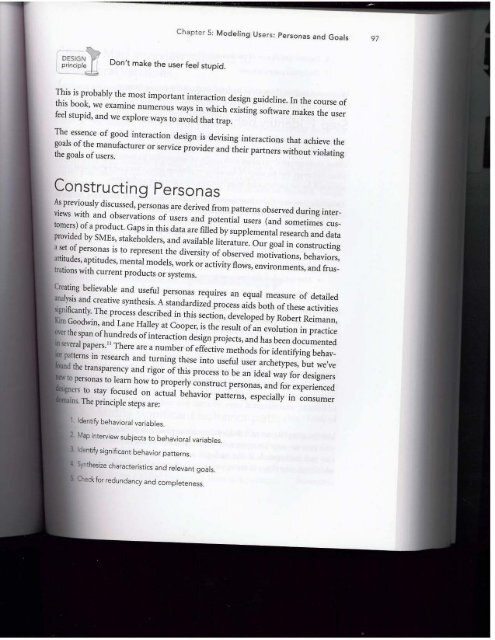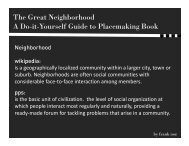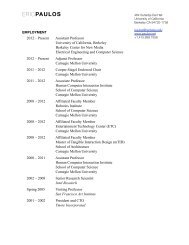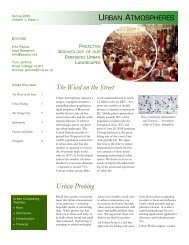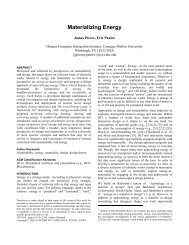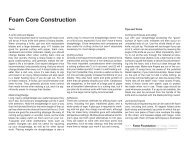Chapter 5: Modeling Users: Personas and Goals
Chapter 5: Modeling Users: Personas and Goals
Chapter 5: Modeling Users: Personas and Goals
Create successful ePaper yourself
Turn your PDF publications into a flip-book with our unique Google optimized e-Paper software.
<strong>Chapter</strong> 5: <strong>Modeling</strong> <strong>Users</strong>: <strong>Personas</strong> <strong>and</strong> <strong>Goals</strong> 97<br />
DESIGN~ Don't make the user feel stupid.<br />
!rinCiPI~<br />
This is probably the most important interaction design guideline. In the COurse of<br />
this book, we examine numerous ways in which existing software makes the user<br />
feel stupid, <strong>and</strong> we explore ways to avoid that trap.<br />
The essence of good interaction design is devising interactions that achieve the<br />
goals ofthe manufacturer or service provider <strong>and</strong> their partners without violating<br />
the goals of users.<br />
Constructing <strong>Personas</strong><br />
As previously discussed, personas are derived from patterns observed during interviews<br />
with <strong>and</strong> observations of users <strong>and</strong> potential users (<strong>and</strong> sometimes customers)<br />
ofa product. Gaps in this data are filled by supplemental research <strong>and</strong> data<br />
provided by SMEs, stakeholders, <strong>and</strong> available literature. Our goal in constructing<br />
a set of personas is to represent the diversity of observed motivations, behaviors,<br />
attitudes, aptitudes, mental models, work or activity flows, environments, <strong>and</strong> frustrations<br />
with current products or systems.<br />
Creating believable <strong>and</strong> useful personas requires an equal measure of detailed<br />
analysis <strong>and</strong> creative synthesis. A st<strong>and</strong>ardized process aids both of these activities<br />
iignificantly. The process described in this section, developed by Robert Reimann,<br />
Kim Goodwin, <strong>and</strong> Lane Halley at Cooper, is the result of an evolution in practice<br />
over the span ofhundreds ofinteraction design projects, <strong>and</strong> has been documented<br />
II several papers. 11 There are a number ofeffective methods for identifying behavpatterns<br />
in research <strong>and</strong> turning these into useful user archetypes, but we've<br />
nd the transparency <strong>and</strong> rigor of this process to be an ideal way for designers<br />
to personas to learn how to properly construct personas, <strong>and</strong> for experienced<br />
'gners to stay focused on actual behavior patterns, especially in consumer<br />
ins. The principle steps are:<br />
Identify behavioral variables.<br />
Map interview subjects to behavioral variables.<br />
Identify significant behavior patterns.<br />
Synthesize characteristics <strong>and</strong> relevant goals.<br />
Check for redundancy <strong>and</strong> completeness.


